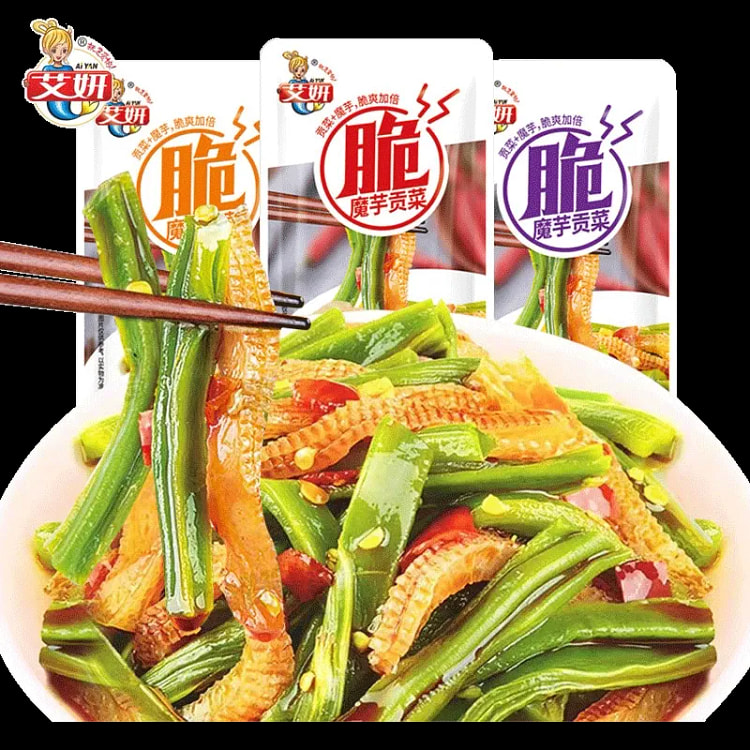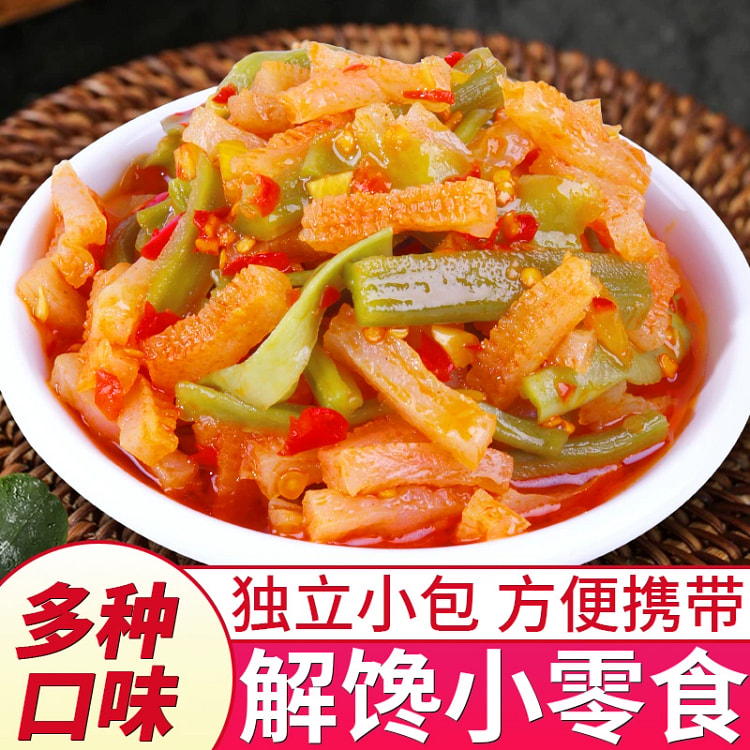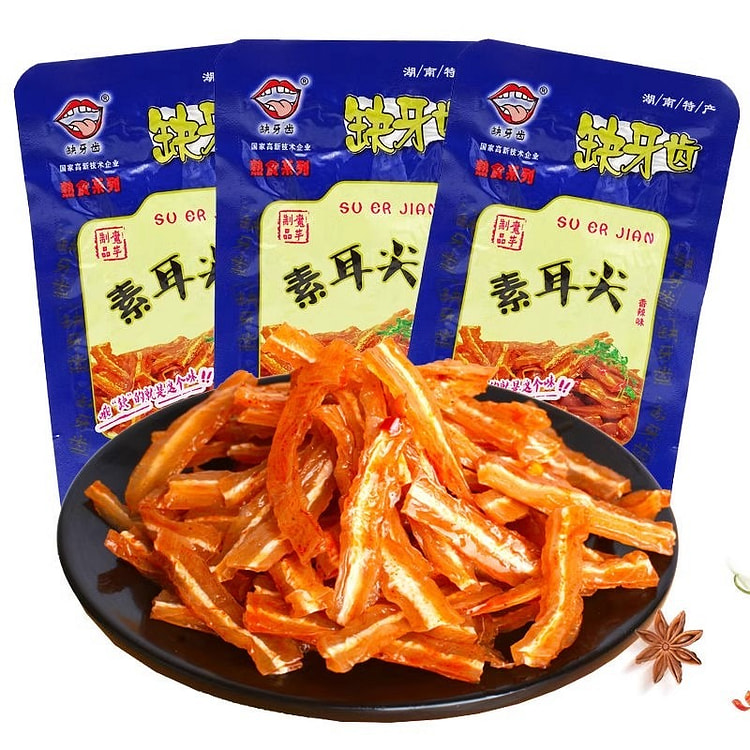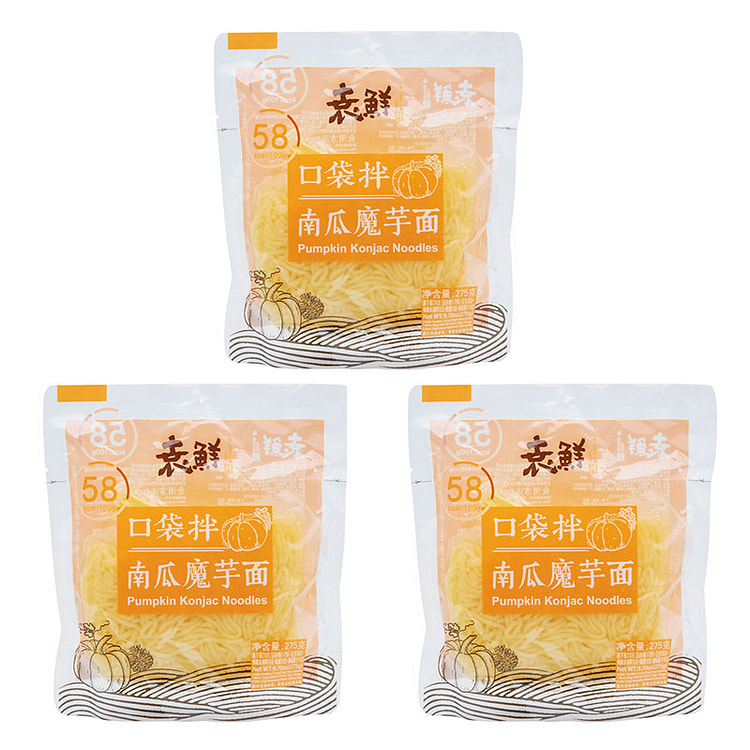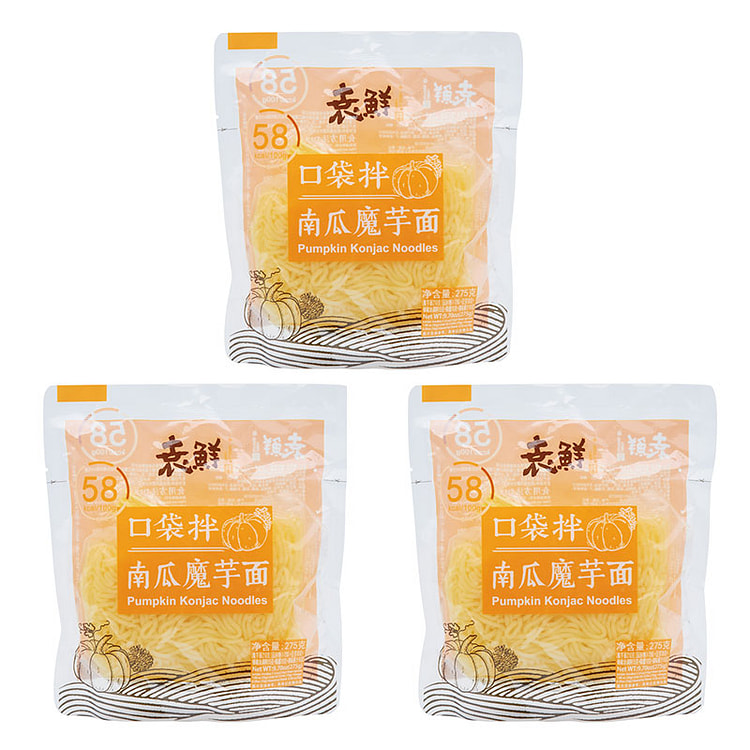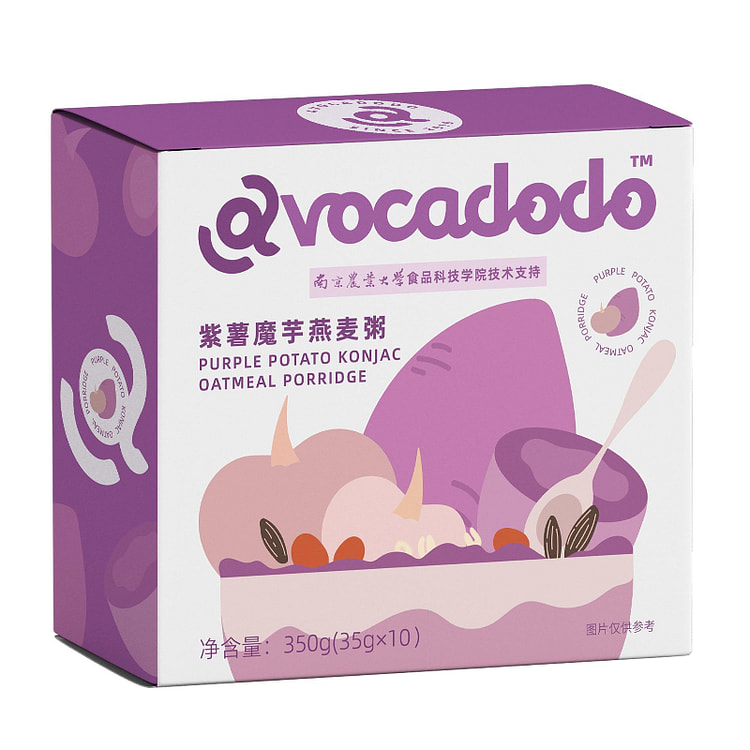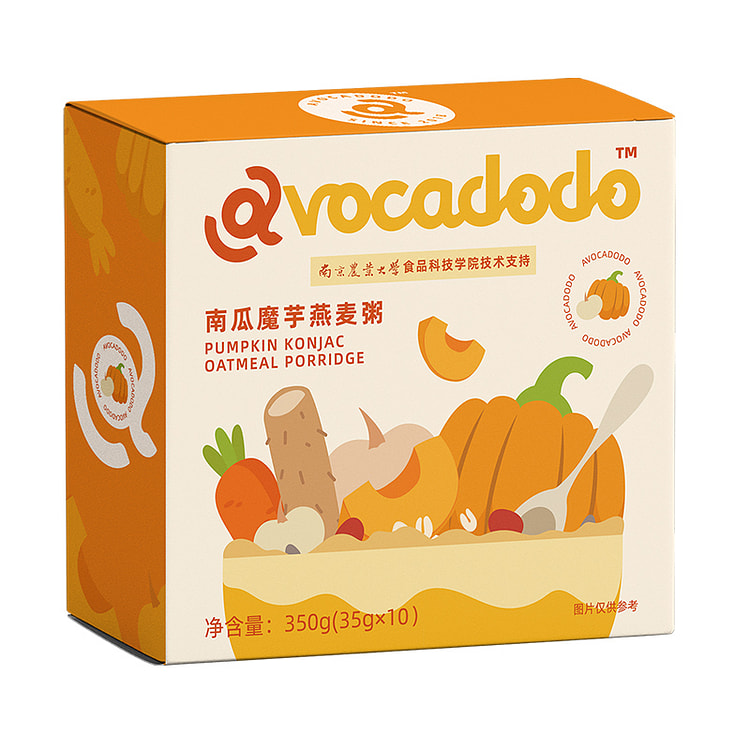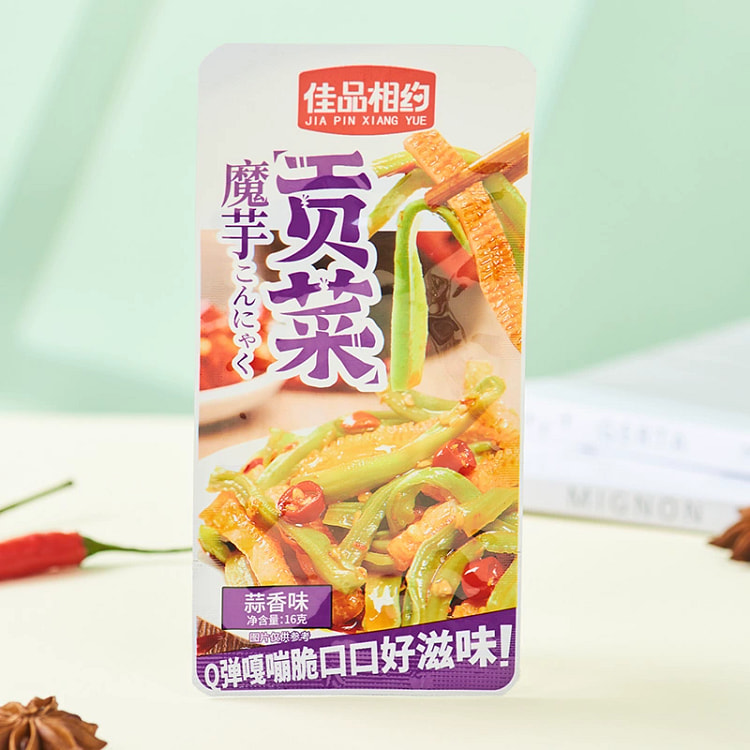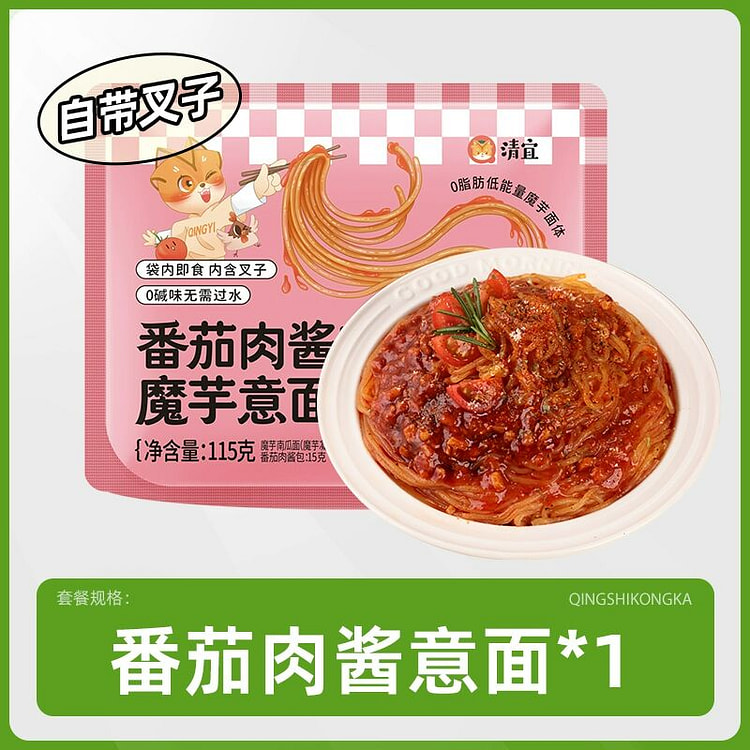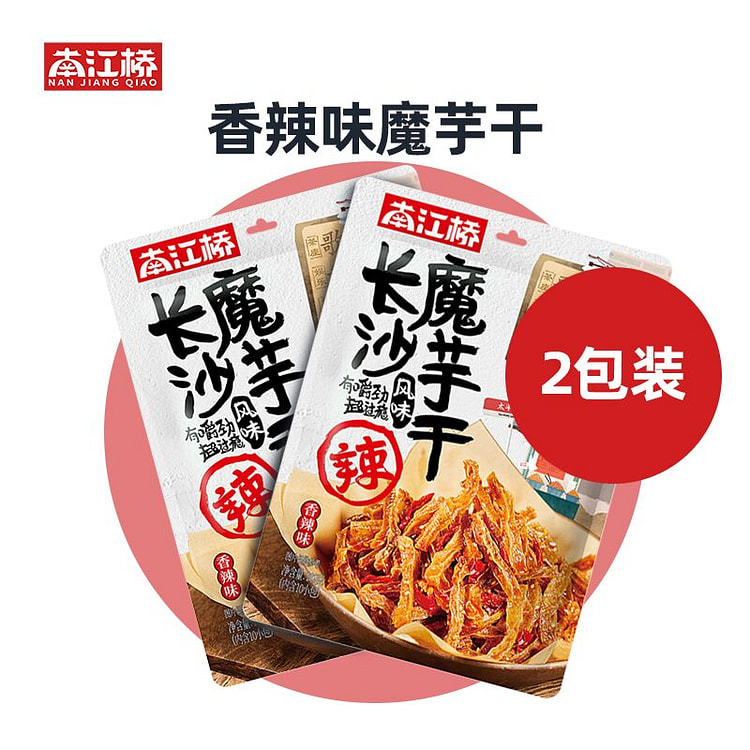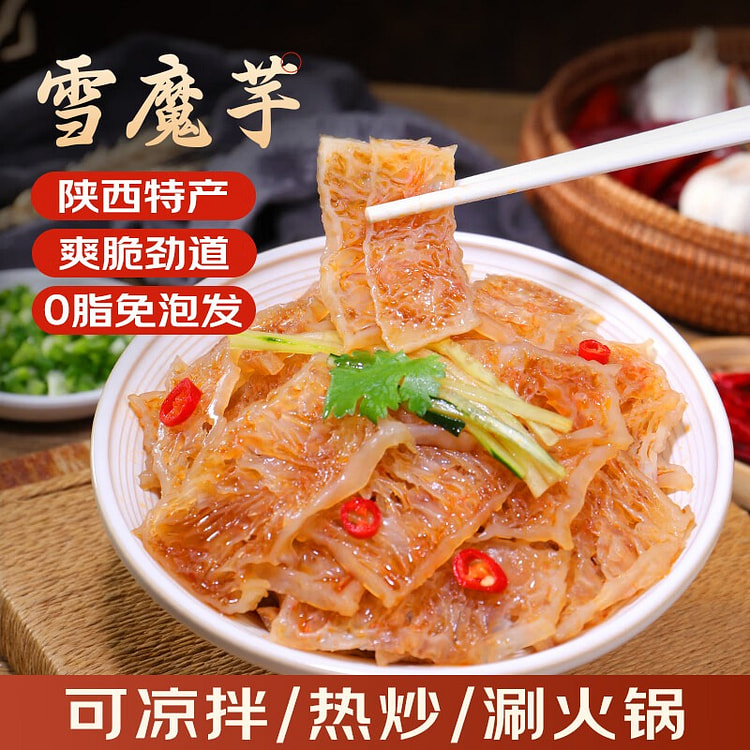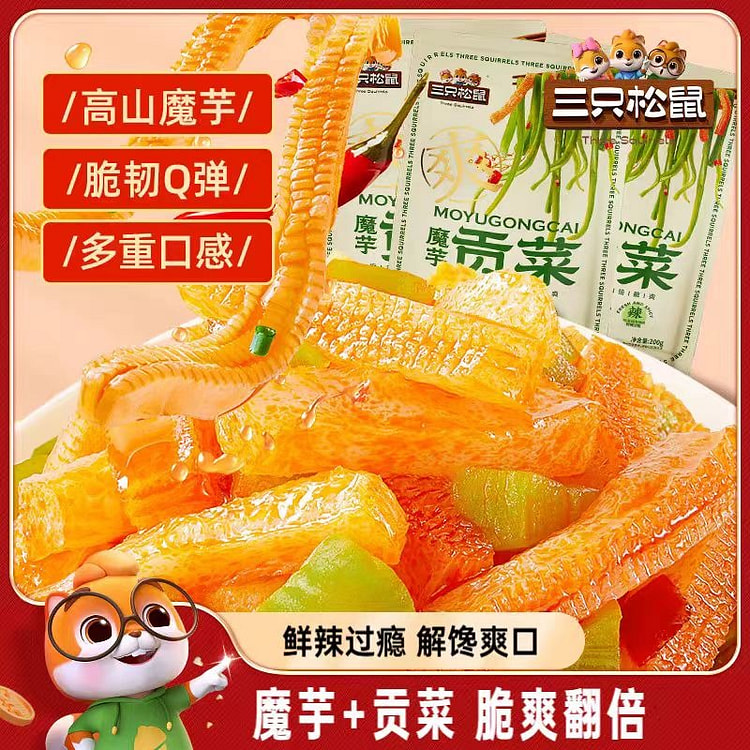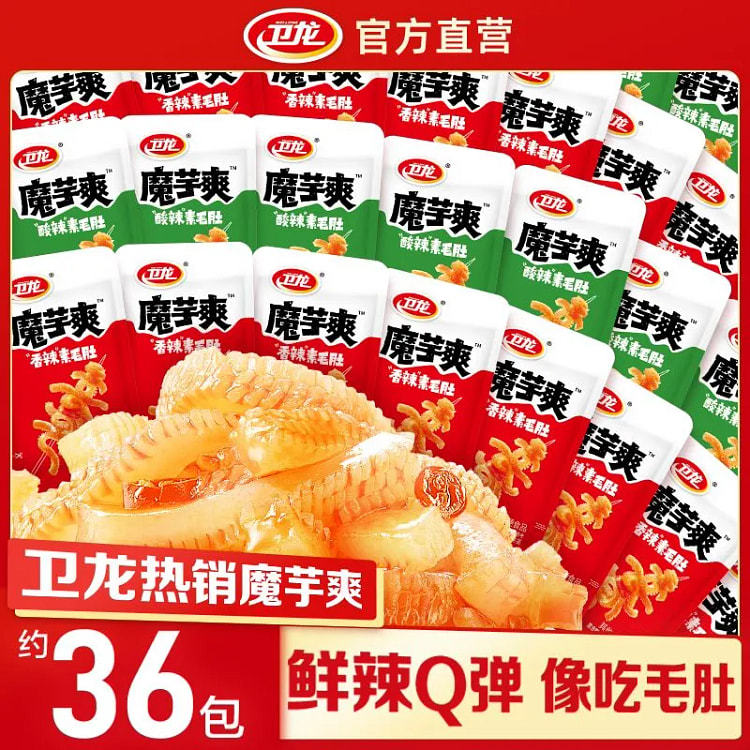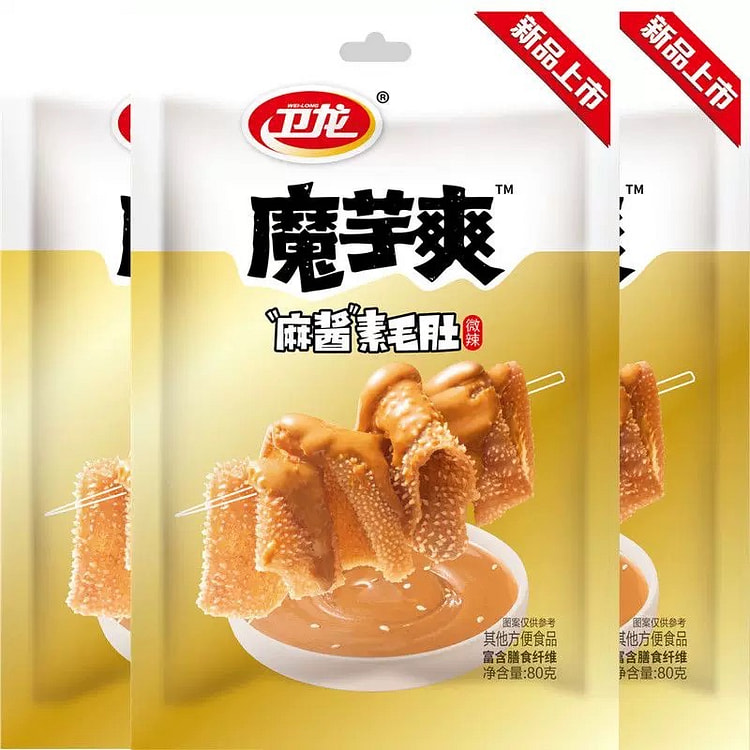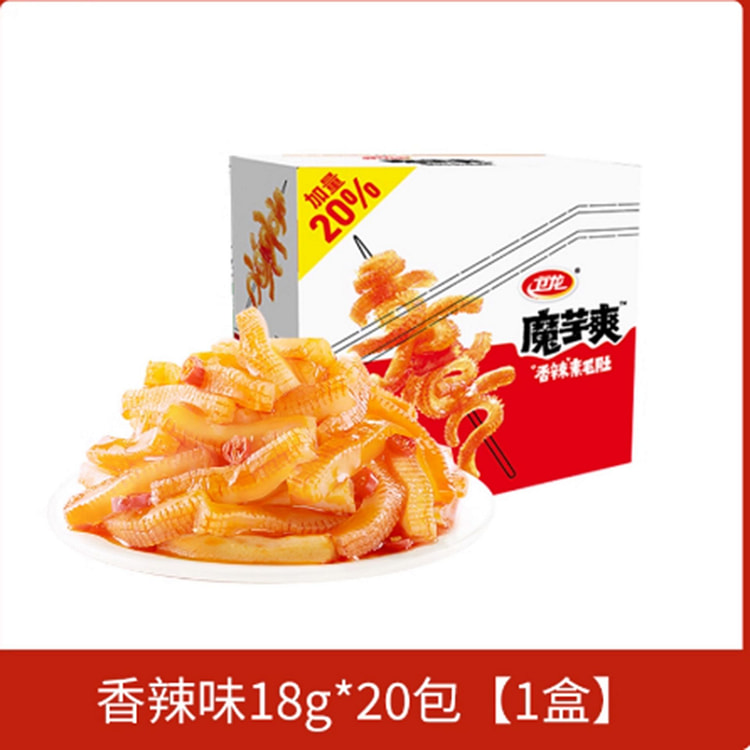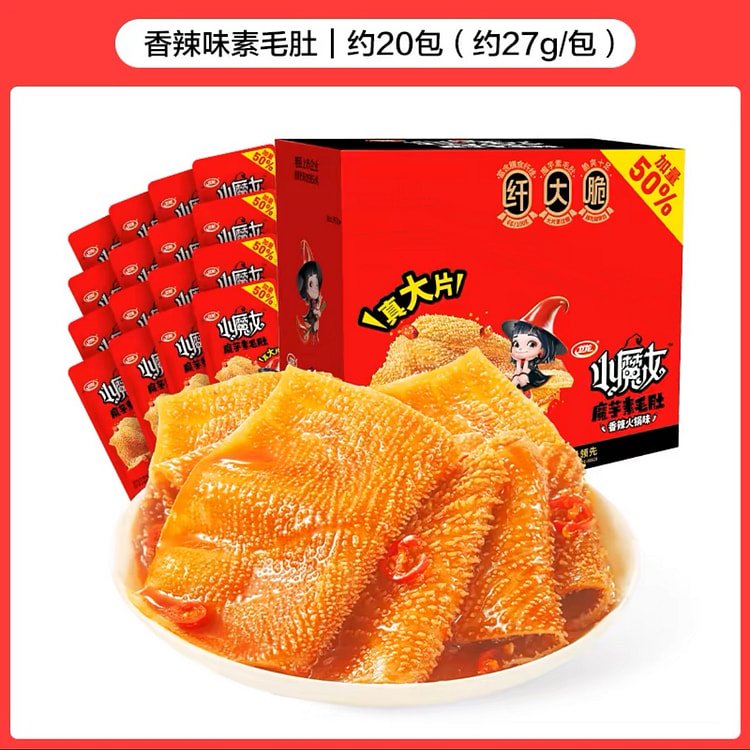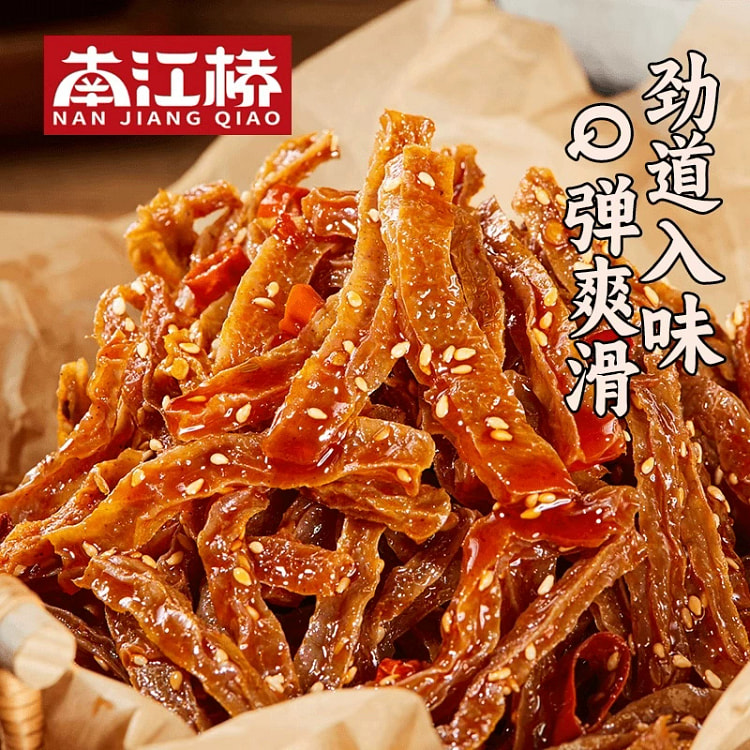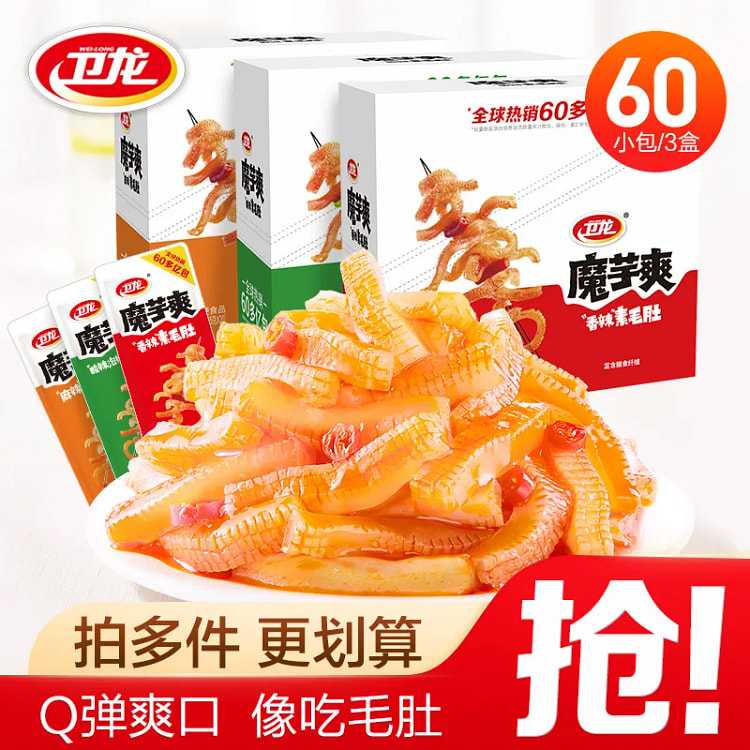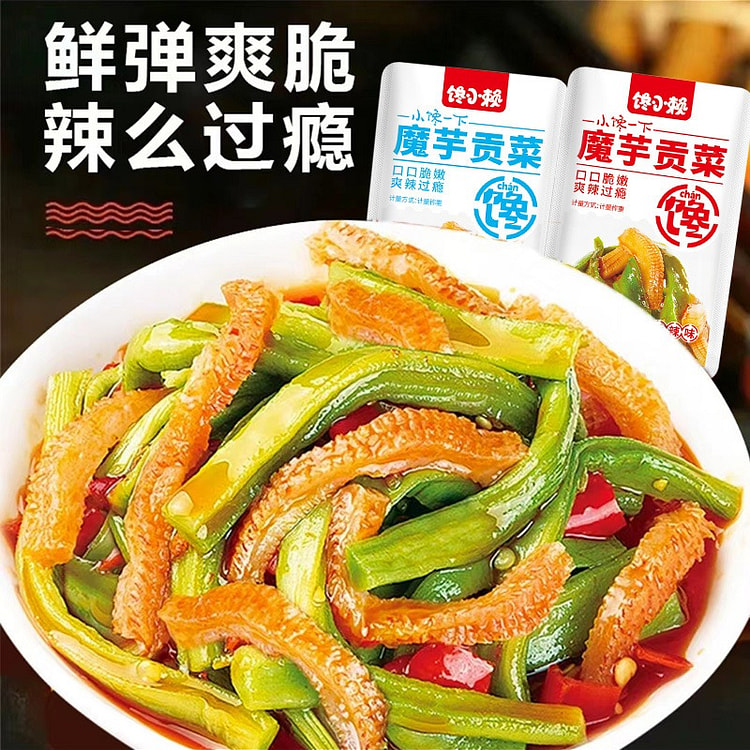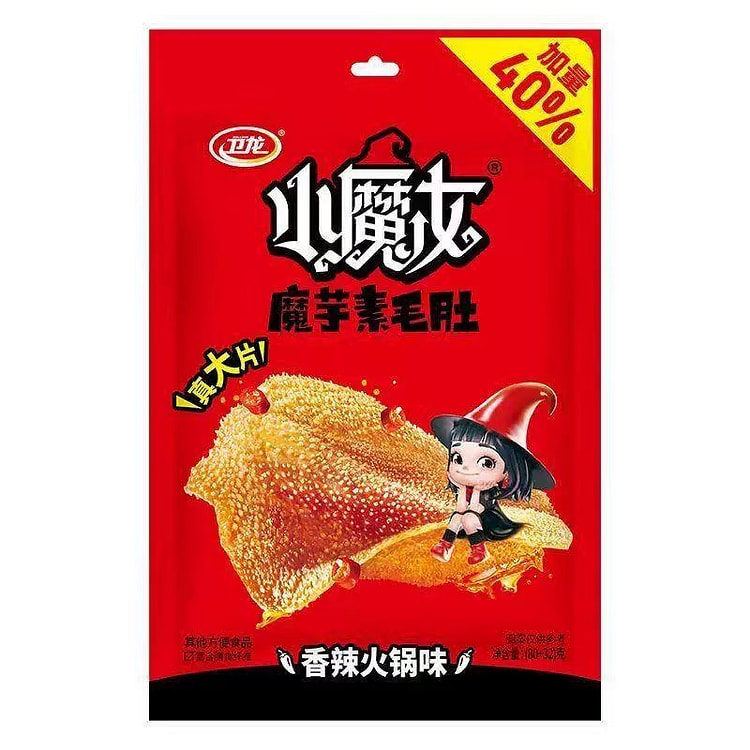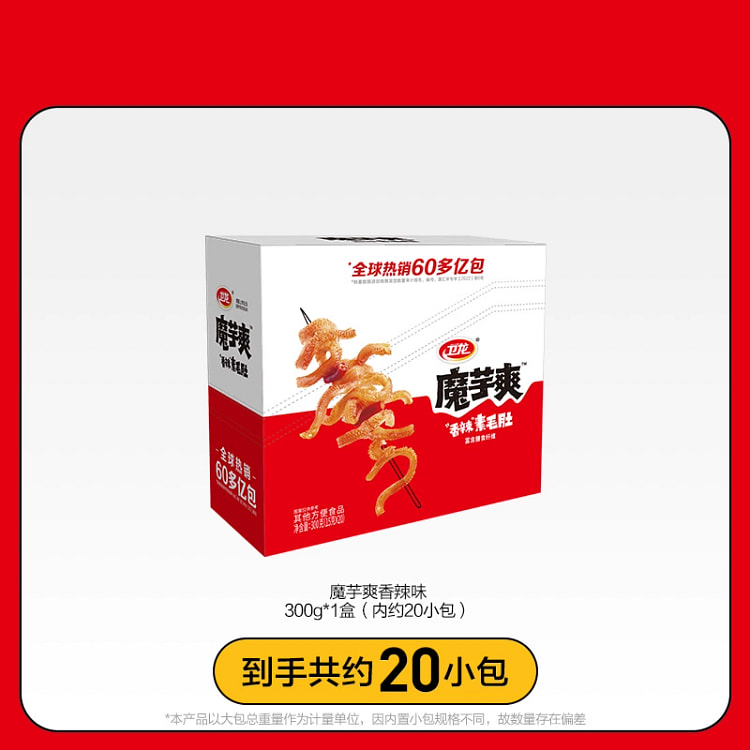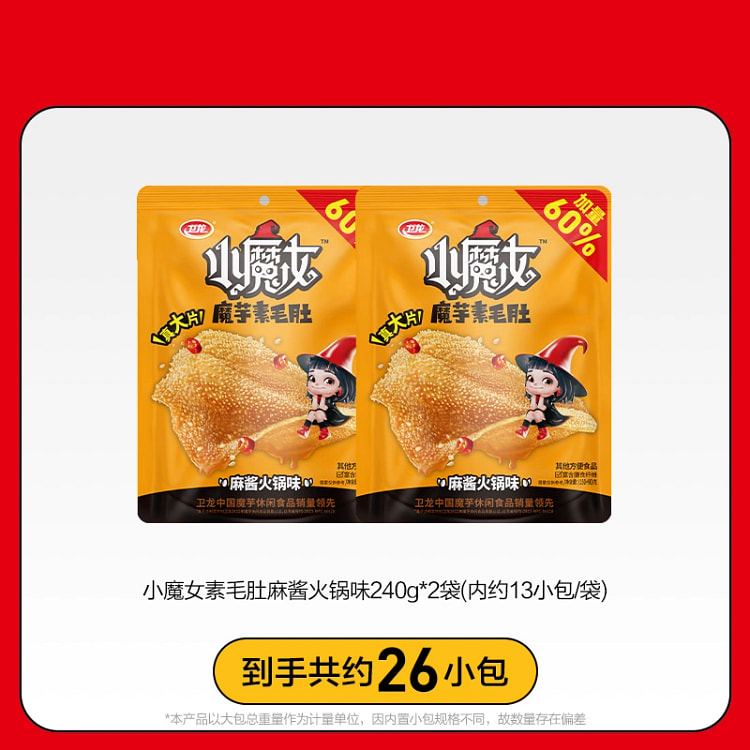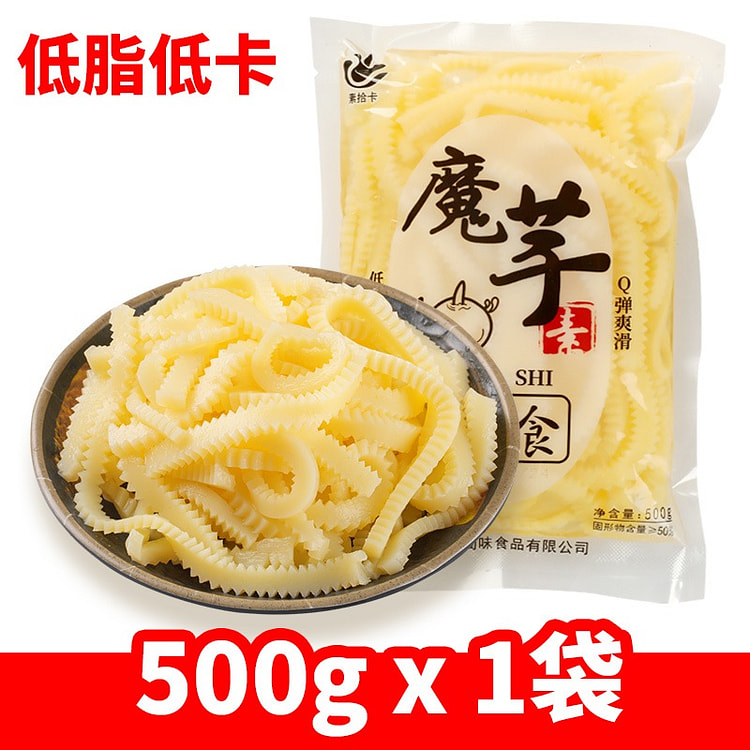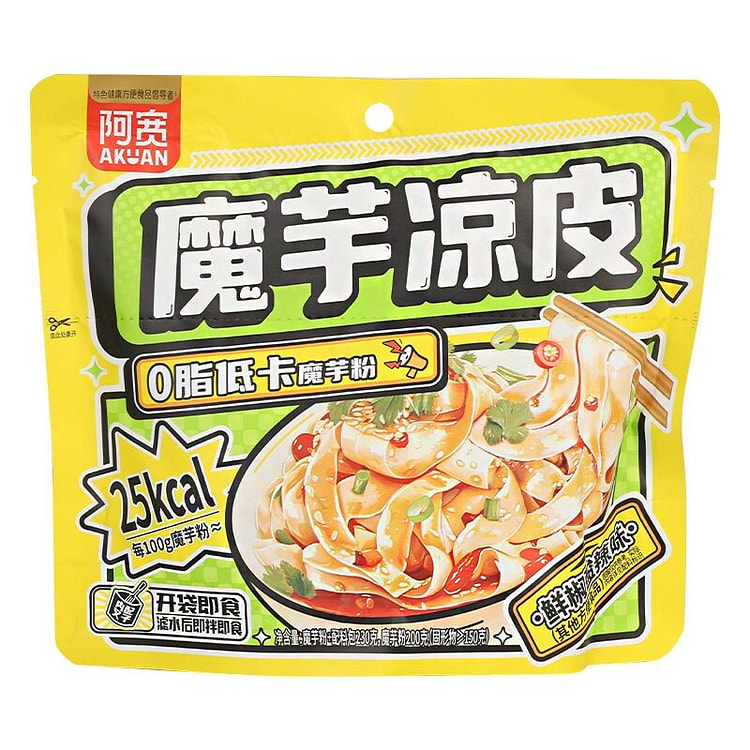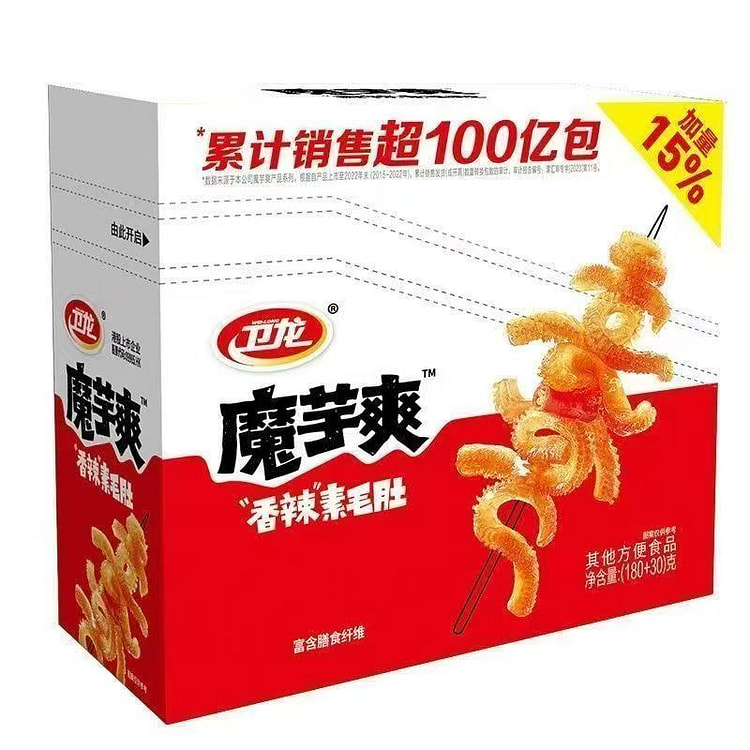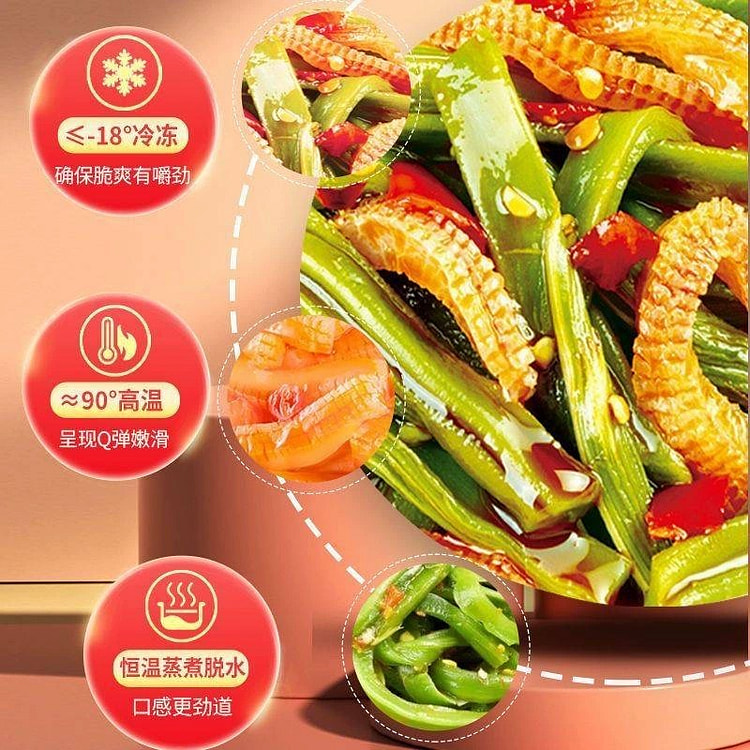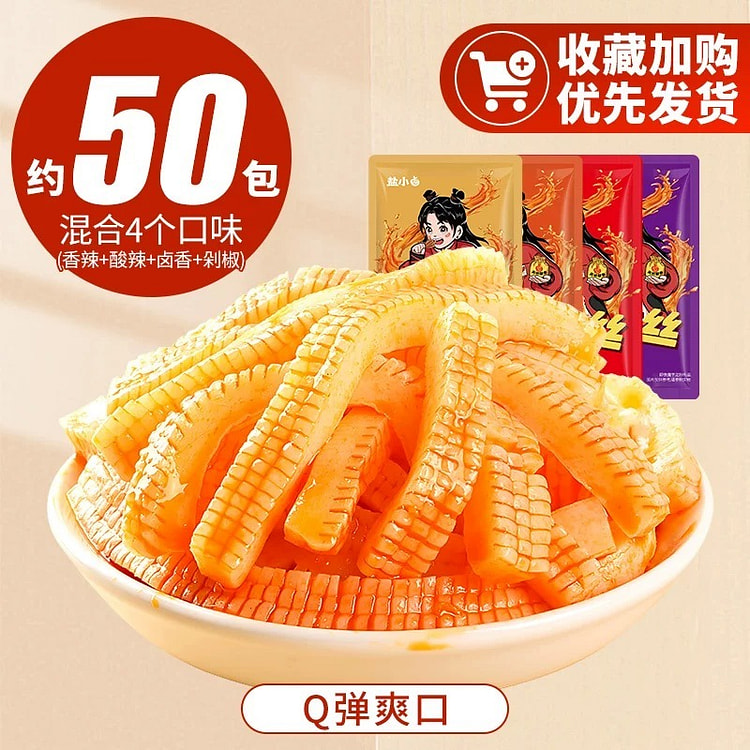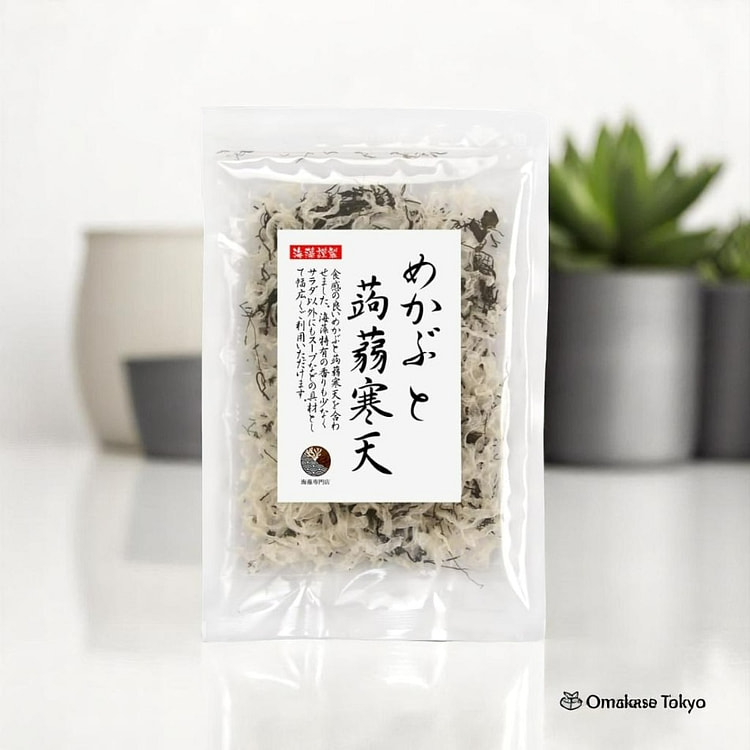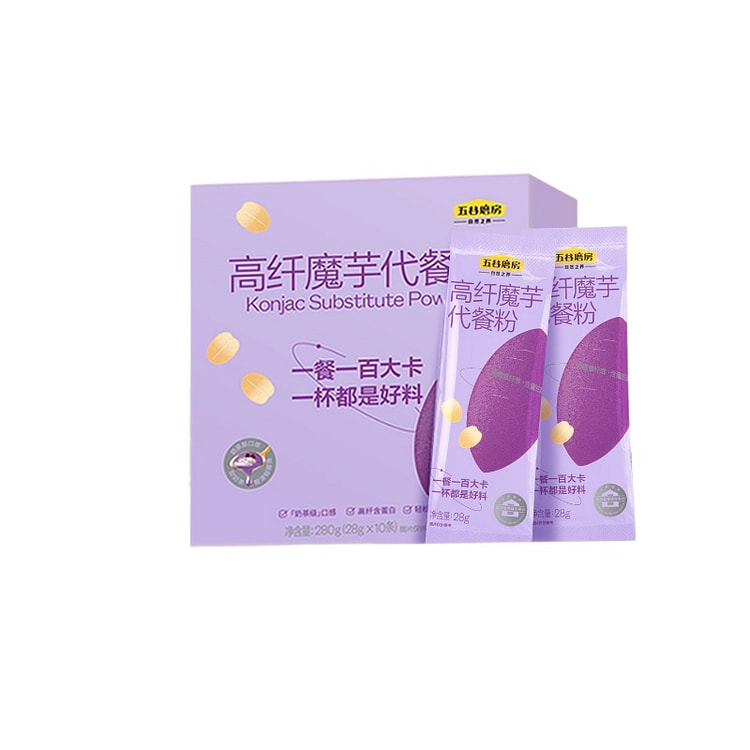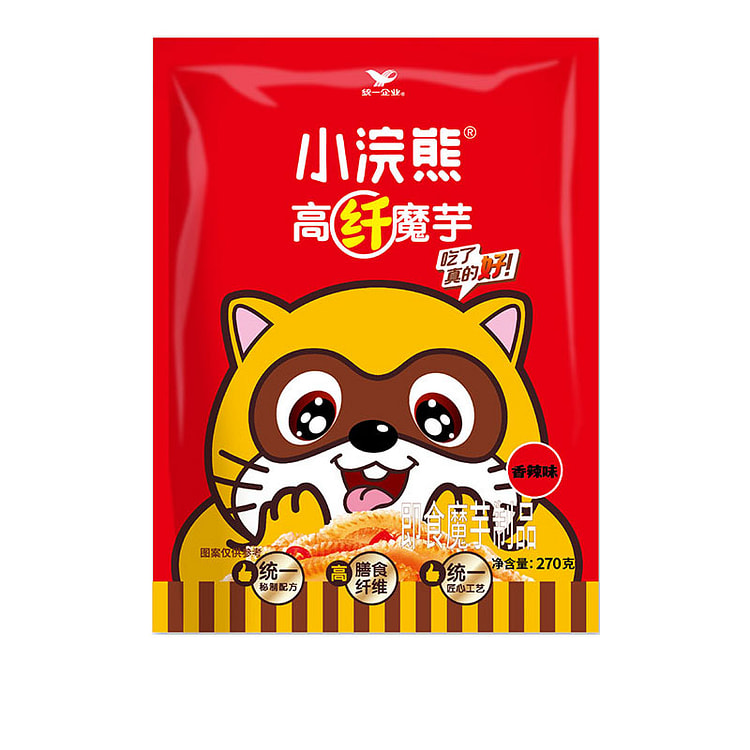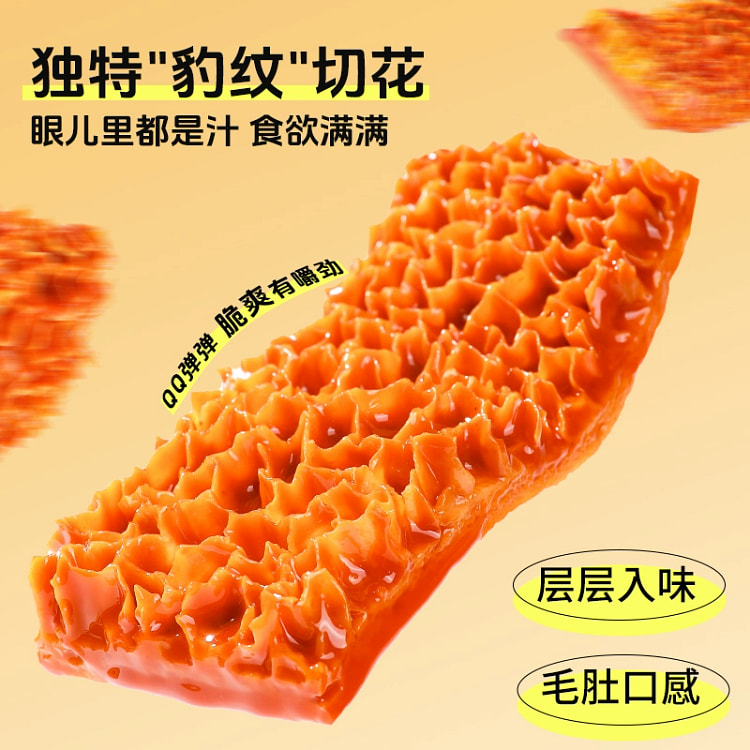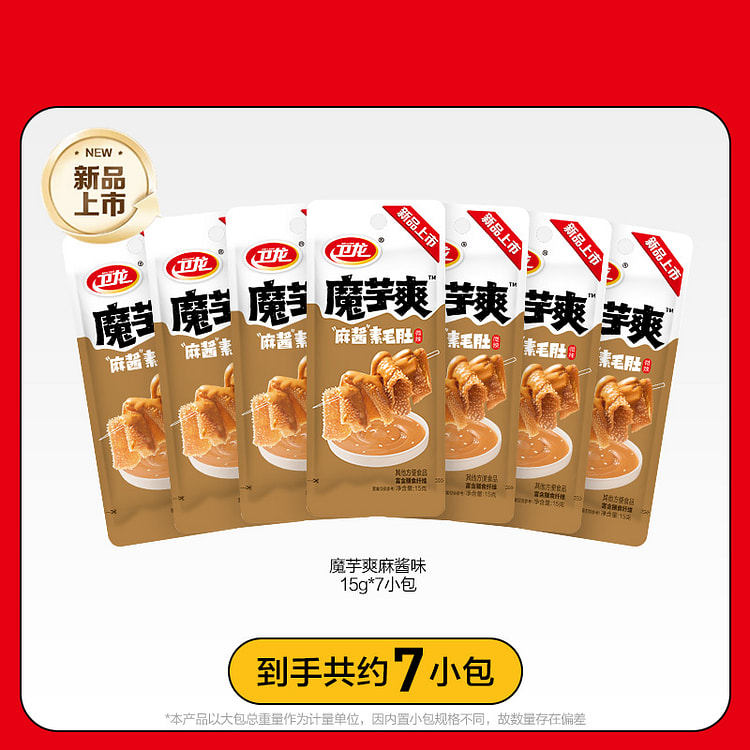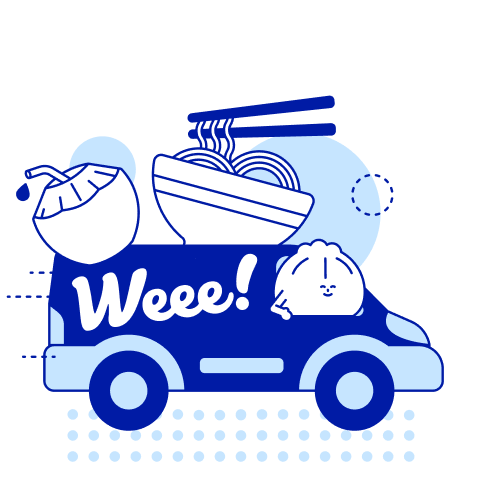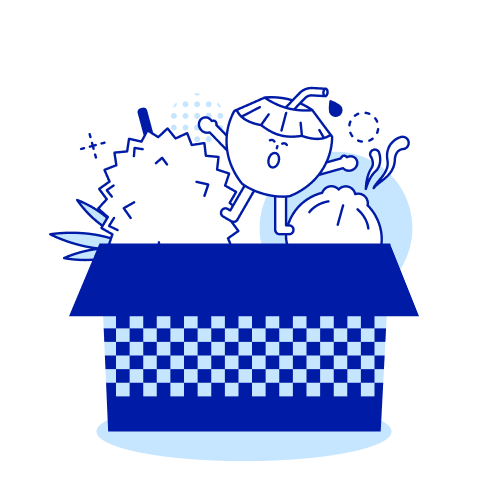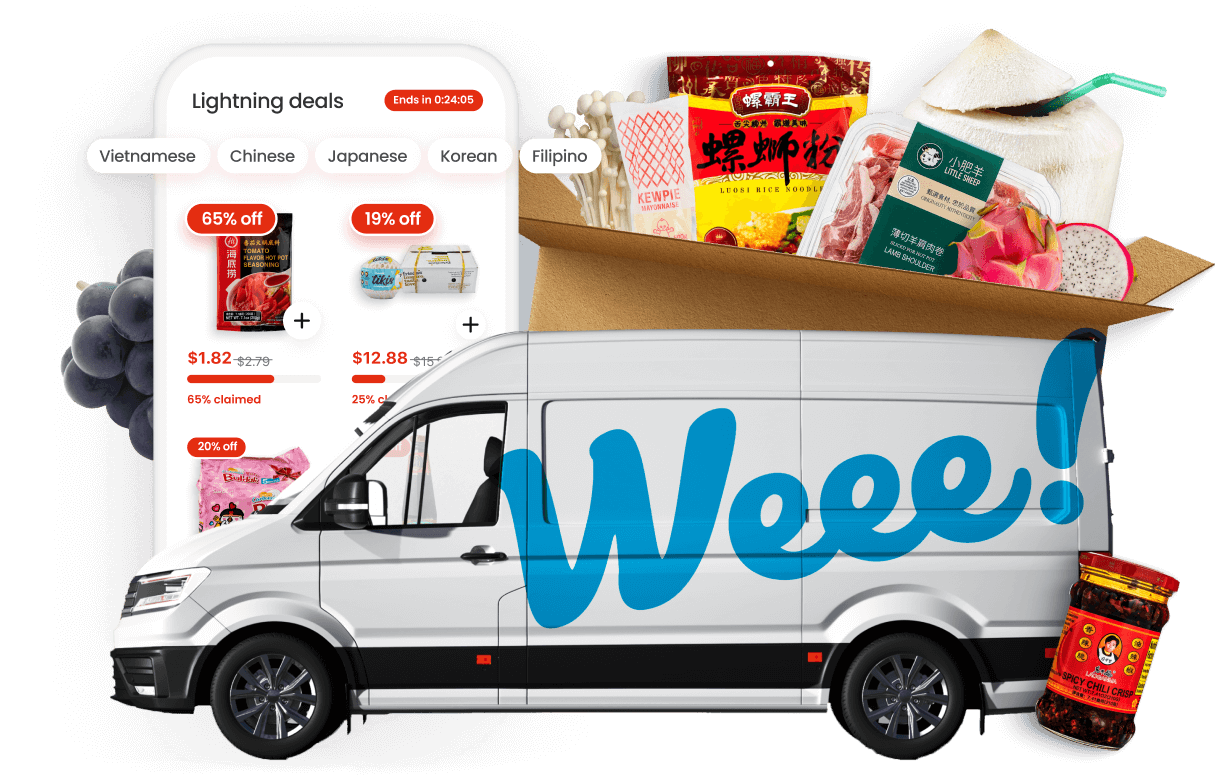Buy konjac vegetable online

Konjac vegetable is highly renowned for its array of health benefits, boasting high fiber content, aiding in weight loss, and helping to regulate blood sugar levels. Renowned for its use in Asian cuisine, particularly in Japan and China, Konjac vegetable has gained popularity worldwide for its versatility, serving as a healthy and vegan-friendly alternative to conventional pasta and noodles. It’s also a core ingredient in a variety of meal plans, from health-focused diets to flavorful culinary permutations. Plus, it boasts a very long shelf life, adding convenience and ease to grocery planning. Furthermore, with zero fat and minimal calories, Konjac vegetable is an ideal choice for health-conscious food lovers. For those interested in adding the nutritious, diet-friendly staple to their pantries, the best place to buy Konjac vegetable online is at sayweee.com with free delivery available.
Konjac Vegetable near me
Frequently asked questions
What is konjac vegetable?
Konjac is a plant native to Asia known for its starchy corm, a tuber-like part of the plant that grows underground. The konjac corm is used to make a rich source of soluble dietary fiber.
How is konjac used in cooking?
Konjac is often used to make shirataki noodles or 'miracle noodles' because of its gelatinous property. It can also be used as a vegan substitute for gelatin.
Is konjac safe to eat?
Yes, konjac is safe to eat. However, because of its high fiber content, it's recommended to drink plenty of water with it.
Is konjac the same as yam cake?
While they both are tubers, konjac is different from the yam cake. Konjac is used more for its gelatinous property while yam cake is typically made from taro.
Is konjac suitable for vegans?
Yes, konjac is a plant-based ingredient and is suitable for vegans and vegetarians.
How do I store konjac?
Konjac products should be stored in a cool, dry place. Once opened, refrigerate and consume within three days.
What are the side effects of konjac?
Consuming a large amount of konjac can lead to digestive issues like bloating, diarrhea, or constipation. Individuals with problems swallowing should avoid konjac due to its jelly-like consistency.
Where can I find recipes using konjac?
You can find recipes using konjac in cookbook collections, online food blogs, and cooking websites. It's also used a lot in Asian cuisines, especially Japanese.
What are the benefits of konjac?
Konjac is rich in fiber, which can help in managing weight, controlling blood sugar levels and also in maintaining a good bowel health. It is also gluten-free and contains no fat or sugar.
What does konjac taste like?
As a cooking ingredient, konjac itself is tasteless. It takes on the flavor of whatever it's cooked with.
Is konjac gluten-free?
Yes, konjac is a gluten-free ingredient making it suitable for people with celiac disease or non-celiac gluten sensitivity.
Can I grow konjac at home?
Yes, with the appropriate conditions, konjac can be grown at home. It is a hardy plant that grows well in USDA zones 6-10.
Can I eat konjac raw?
While technically edible raw, it is usually boiled or processed because raw konjac has a bitter taste and unpleasant smell.
What are the different forms of konjac?
Konjac comes in many forms including block konjac, konjac flour, and konjac jelly. It's also used to make konjac pasta and noodles.
Does konjac noodles taste like regular pasta?
Konjac noodles do not taste like regular pasta. They are virtually tasteless and take on the flavors of the dish they are cooked in.
Where can I buy konjac?
You can buy it at Weee! Asian Market, www.sayweee.com




